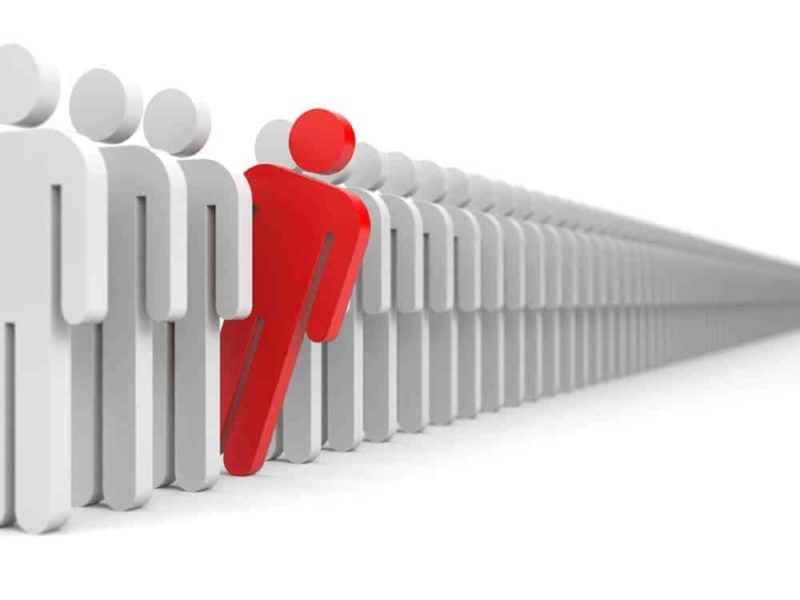It’s elusive, ever-changing and means different things to different people, yet if it can be achieved, a product or trend can take off. It is “coolness” and according to researchers, including a Texas A&M University marketing professor, what makes something or someone cool is the breaking of certain kinds of rules.
In their study “What Makes Things Cool? How Autonomy Influences Perceived Coolness,” published in the Journal of Consumer Research, Caleb Warren of Mays Business School at Texas A&M and co-author Margaret C. Campbell, Leeds School of Business, University of Colorado-Boulder, find a link between autonomy, in this case freedom from social norms, and what people consider to be cool. But if social norms are violated too much, then it becomes weird or otherwise undesirable.
The researchers define “autonomous” as the extent to which the person or brand follows its own character or motivations irrespective of the norms, beliefs, and expectations of others, i.e. “doing one’s own thing.”
“The way people and things are cool is if they seem autonomous − they do what they want to do to regardless of what other people think,” Warren explains. “But in a way that is appropriate, seen as valued or efficient; it’s different, without being harmful or worse.”
The researchers examined several brands they determined to have capitalized on coolness including Pabst Blue Ribbon and Apple.
“With technology companies like Apple, cool comes in part from functionality,” Warren explains. “So there’s a connection between coolness and quality of brand. Even so, Apple came through with advertising campaigns that were about being different than the mainstream, contrasting itself from Microsoft, the mainstream competitor. The ‘Mac guy’ wore sneakers and casual clothes, he likes his job and has fun, as opposed to the ‘PC guy’ who wears a suit and cares more about what other people think.”
Apple’s slogan “think different” portrayed this autonomous image, Warren adds.
He also points to the beer brand Pabst Blue Ribbon as having hit the coolness jackpot after decades of sagging sales. “This is a beer that taste-wise is not that different from others, but for the longest time was losing sales as it was mostly consumed by a small minority of older, rural customers,” explains Warren.
Then he says in the early 2000s, clever marketing campaigns and sponsorships that delineated from typical beer marketing attracted a whole new customer base of 20-something “hipsters.”
“Distinguishing itself from mainstream beer marketing allowed the brand to connect to these young consumers who perceived themselves as departing from the mainstream,” Warren notes, adding the brand has seen declines recently as what is cool changes so often. “It’s hard to stay cool and it’s interesting to see how it changes over time.” To read the study in full, click here.


